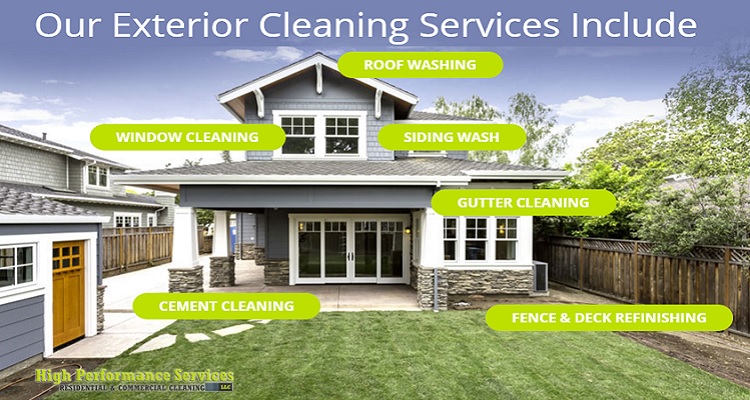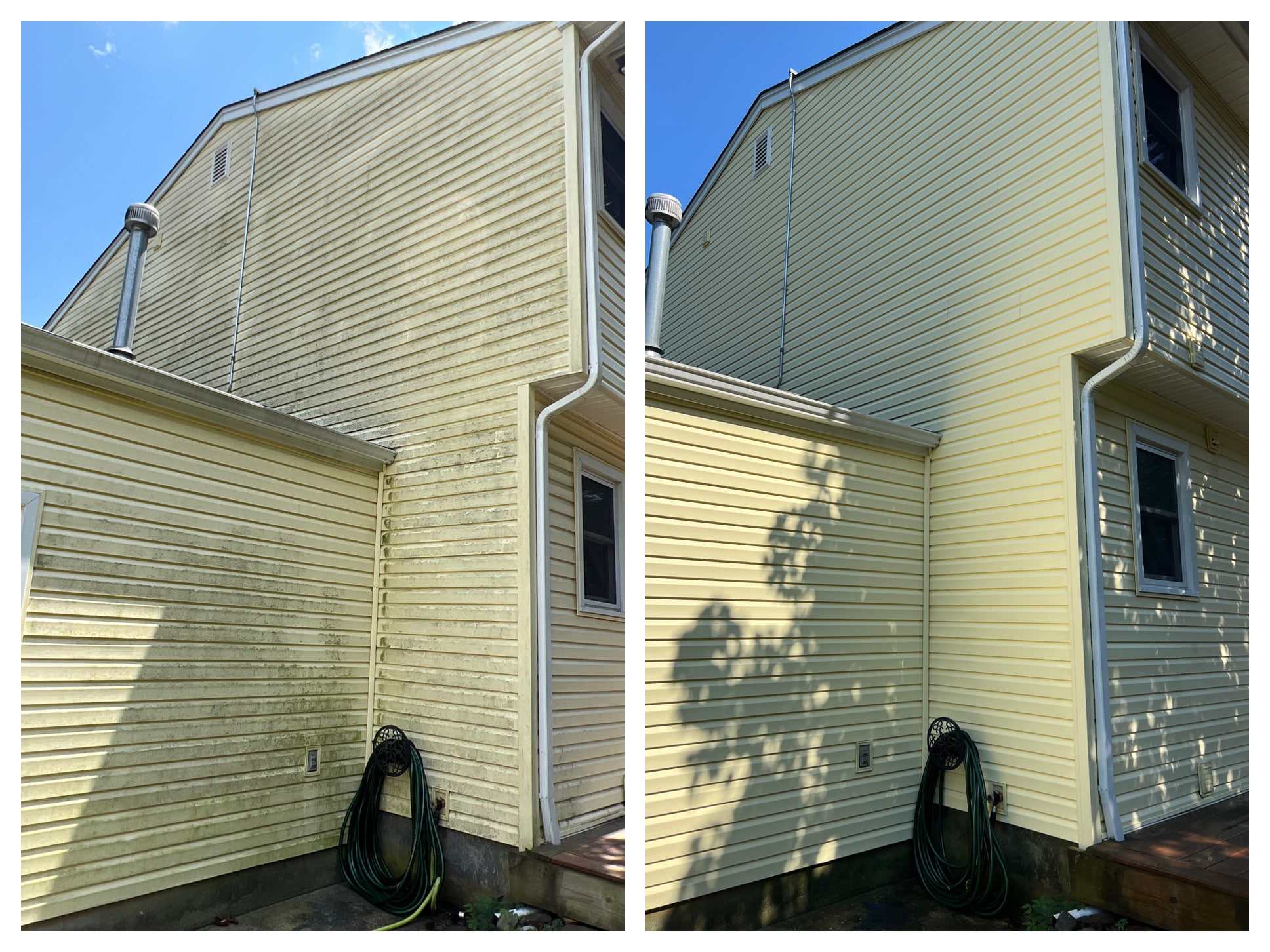The Greatest Guide To Dirty Roof Roof Cleaning And Pressure Washing Service
Table of ContentsTop Guidelines Of Dirty Roof Roof Cleaning And Pressure Washing ServiceThe Basic Principles Of Dirty Roof Roof Cleaning And Pressure Washing Service Some Known Details About Dirty Roof Roof Cleaning And Pressure Washing Service The Only Guide to Dirty Roof Roof Cleaning And Pressure Washing ServiceThe Basic Principles Of Dirty Roof Roof Cleaning And Pressure Washing Service
Cost-Effective Maintenance: Regular soft washing can expand the life of your home's outside surfaces by protecting against the accumulation of harmful contaminants that cause degeneration. This positive strategy to upkeep can conserve you cash on repair work and substitutes in the lengthy run. By picking soft cleaning, you're making a smart and wise financial investment in your residential or commercial property's long life.Exterior siding: Whether your home has vinyl, wood, or stucco siding, soft washing can effectively clean up these surfaces without removing paint or causing abrasions. Decks and Patios: Wooden decks and stone outdoor patios profit from getting rid of dirt and natural development without splintering the wood or cracking the stone. Fences: Wooden and plastic fences can be securely cleansed with soft cleaning, recovering their look without the danger of damages.
Dirty Roof Roof Cleaning And Pressure Washing Service Things To Know Before You Get This

Application: A low-pressure sprayer uses the cleaning service to the surface. Rinse: The surface is rinsed with reduced pressure to remove the cleaning solution and pollutants.
This method is commonly utilized for cleansing outside surfaces such as driveways, pathways, decks, patio areas, fencings, and structures. Stress cleaning is an efficient means to restore the appearance of surfaces and extend their life expectancy by stopping the accumulation of harmful materials (Power Washing). Stress cleaning entails making use of a motorized pump to boost water pressure from a garden tube, developing a powerful water jet
The equipment used for pressure cleaning typically includes a stress washer unit, a high-pressure pipe, and different nozzles that allow the customer to change the spray pattern and strength. Deep Cleaning: The high-pressure water stream can pass through porous surfaces, eliminating ingrained dirt, grease, oil, and other pollutants that regular cleaning methods might miss.
Its adaptability to various surface areas will certainly provide you self-confidence that stress cleaning can successfully manage all your cleansing needs. Driveways and Sidewalks: Gets rid of oil discolorations, tire marks, dust, and crud from concrete and asphalt surface areas, restoring their look. Decks and Patios: Completely cleans wooden and composite decks and stone or concrete outdoor patios, getting rid of mold, algae, and dust.
Everything about Dirty Roof Roof Cleaning And Pressure Washing Service
Exterior siding: Cleans different sorts of siding, including plastic, light weight aluminum, and block, getting rid of dust, mold, and mold build-up. Roofings: Some roofing products can be securely pressure cleaned to remove moss, algae, and dust. Preparation: Prior to stress washing, the location is prepared by getting rid of obstacles, covering close-by plants, and guaranteeing doors and windows are shut to avoid water from going into the building.
It is necessary to keep in mind that pressure cleaning can be hazardous if not used properly. Safety and security equipment like goggles and gloves should constantly be worn to shield the operator from flying particles and high-pressure water. Establishing Up the Equipment: The stress washer is connected to a water source, and the proper nozzle is picked based on the surface to be cleaned up.
Rinse: After the preliminary cleaning, the surface may be rinsed with reduced pressure to eliminate any type of remaining cleansing solution or particles. Final Assessment: A last check ensures the surface is extensively cleansed and contaminant-free. Surface Level of sensitivity: Not all surfaces are ideal for high-pressure washing. Power Washing. Delicate materials such as wood and older structures might be harmed, so examining the surface area is vital prior to proceeding.
Roofings: Some roofing products can be safely power-washed to get rid of moss, algae, and dust. Preparation: Before power washing, the area is prepared by getting rid of barriers, covering nearby plants, and shutting doors and windows to stop water from getting in the building. Precaution: Safety gear, such as safety glasses and gloves, safeguards the driver from flying particles and high-pressure water.
The Single Strategy To Use For Dirty Roof Roof Cleaning And Pressure Washing Service
Application: The operator uses the power washer to apply the high-pressure, warm water stream to the surface area, relocating regularly to make sure even cleaning up. Rinse: After the preliminary cleansing, the surface might be washed with lower pressure to eliminate any kind of staying cleansing service or debris. Final Examination: A last check ensures the surface area is extensively cleansed and contaminant-free.

Water Temperature: The primary distinction in between power cleaning and stress cleaning is the temperature level of the water. Power cleaning usages hot water, while pressure cleaning usages unheated water. Stress Levels: Soft cleaning uses considerably reduced stress than power and stress cleaning, making it much safer for delicate surfaces. Cleaning Solutions: Soft washing counts heavily on cleaning options to do the mass of the job, whereas power and stress washing count a lot more on the pressure of the water.
As an example: Soft Washing: Best for roofs, home siding, wood decks, and other delicate surface areas that could be damaged by high pressure. Pressure Laundering is appropriate for hard surface areas like concrete, brick, and rock where high stress is needed to get rid of dirt and grime -
